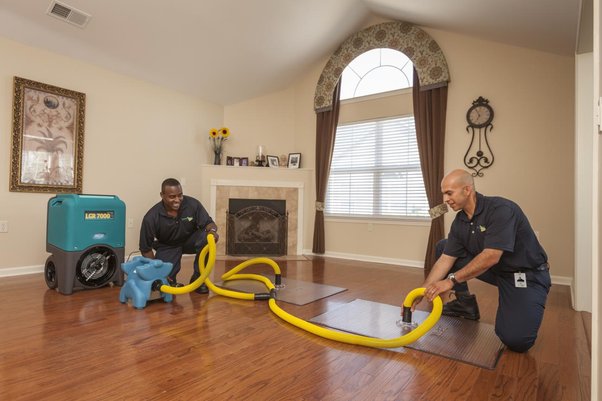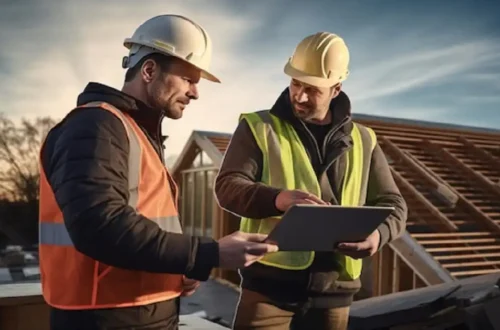In the realm of water damage restoration, advancements in technology have revolutionized the way professionals approach mitigation, cleanup, and restoration efforts. Gone are the days of relying solely on traditional methods; today, cutting-edge technologies play a pivotal role in enhancing efficiency, accuracy, and effectiveness in restoring properties affected by water damage. From early detection to thorough cleanup and beyond, technology has become an indispensable asset in the modern restoration toolkit.
Early Detection And Assessment
One of the fundamental aspects of successful water damage restoration is early detection and assessment. Advanced technologies such as moisture meters, thermal imaging cameras, and infrared sensors enable restoration professionals to pinpoint areas of moisture intrusion with precision. These tools can detect hidden pockets of water behind walls, under floors, and in ceilings, allowing for proactive measures to prevent further damage.
Rapid Water Extraction
Efficient water extraction is crucial in minimizing the extent of damage and preventing secondary issues such as mold growth and structural deterioration. Traditional methods of water extraction often rely on manual labor and basic equipment, which can be time-consuming and labor-intensive. However, with the advent of powerful extraction equipment such as truck-mounted pumps, submersible pumps, and high-capacity vacuums, professionals can swiftly remove large volumes of water from affected areas, expediting the restoration process.
Drying And Dehumidification
Thorough drying and dehumidification are essential steps in preventing mold growth and ensuring the structural integrity of the property. Advanced drying technologies, including industrial-grade air movers, dehumidifiers, and desiccant systems, facilitate rapid evaporation and moisture removal from building materials. These equipment options are designed to optimize airflow and humidity control, accelerating the drying process and minimizing the risk of secondary damage.
Moisture Monitoring And Data Analytics
Innovative moisture monitoring systems equipped with wireless sensors and data analytics capabilities provide real-time insights into moisture levels and environmental conditions within the affected property. Restoration professionals can remotely monitor drying progress, track temperature and humidity fluctuations, and adjust equipment settings accordingly. This data-driven approach allows for proactive decision-making, ensuring optimal drying conditions and reducing the overall restoration timeline.
Digital Documentation And Reporting
Technology also plays a significant role in documentation and reporting throughout the restoration process. Digital tools such as mobile applications, cloud-based platforms, and digital cameras enable restoration teams to capture comprehensive documentation of the damage, including before-and-after photos, moisture readings, and restoration progress. This digital documentation not only facilitates communication and collaboration among stakeholders but also streamlines the claims process with insurance companies.
Environmental Monitoring And Remediation
When restoring from water damage, it is essential to keep environmental factors such as indoor air quality and microbial contamination in mind. Air scrubbers, ozone generators, and UV-C light disinfection systems are examples of modern technology that can help reduce airborne toxins and kill microbes. A safe and healthy interior environment can be achieved through the use of antimicrobial treatments and environmentally friendly cleaning solutions.
Predictive Analytics And Risk Assessment
Predictive analytics and risk assessment tools leverage historical data, environmental factors, and property characteristics to forecast potential water damage risks and vulnerabilities. By analyzing patterns and trends, restoration professionals can proactively identify high-risk areas, implement preventive measures, and develop customized mitigation strategies. By taking this preventative measure, you may make your property more resistant to water damage and less likely that it will happen again.
Conclusion
Water damage repair experts in the present era rely heavily on technology, which allows them to solve problems more quickly, accurately, and effectively than ever before. From early detection and rapid water extraction to advanced drying techniques and digital documentation, innovative technologies play a multifaceted role in every stage of the restoration process. By embracing these technological advancements, restoration companies can deliver superior results, minimize disruption, and restore peace of mind to property owners facing water damage emergencies.





